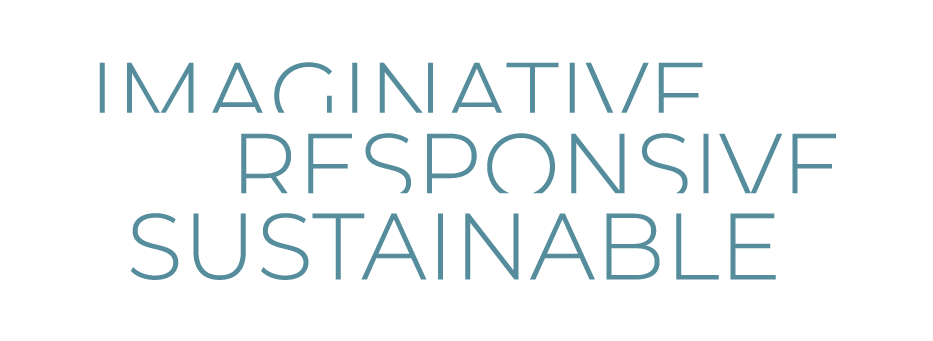The history of architecture is said to date back to the time when humans left caves and began to construct dwellings more suited to their needs and way of life. It has always been concerned with the idea of containing energy, whether for warmth, comfort or light and providing shelter. As eco architects, we are wholly engaged in the art of energy conservation as well as the science of generating energy through heat source recovery systems, solar panels, wind turbines, and heat pumps. We all benefit from the energies that surround us in so many ways and yet, we in the West tend to give little thought to other ways that wider energies can affect us.
Eastern cultures on the other hand have embraced the subject for millenia. The Vedic science of architecture and design of temples, homes and buildings known as Vastu Shastra (loosley translated as ‘dwelling science’) has been utilised to facilitate health, harmony and balance in our physical environments for millenia, pre-dating Feng Shui by around 1500 years. [further reading here]. The Japanese have an equivalent aesthetic philosophy they call Kanso, one of the fundamental Zen principles of Wabi-Sabi based on the notions of mindfulness (more here).
Feng Shui (meaning ‘wind water’) is a Chinese system of geomancy, similar to Vastu Shastra. It was banned as a superstition after the Communists took power in 1949 but had a resurgence as Communist officials increasingly turned to Feng Shui masters to improve their career prospects. Feng Shui began to gain popularity in the West only after Richard Nixon’s visit to the People’s Republic of China in 1972. Donald Trump inadvertently popularised Feng Shui when he hired Feng Shui masters in the 1990’s to advise on the design of Trump Tower.
Today, highly paid Feng Shui masters are routinely called in by architects in Hong Kong before a building is planned. When Crispin Lambert of LBR Architecture worked in Hong Kong in 1983 on a competition for HK’s second Polytechnic, a Feng Shui master was consulted on the most auspicious direction for the siting of the building. Every practice submitting an entry to that competition will have done the same. Feng Shui is an intrinsic part of Chinese architectural, domestic and work culture.
The basic premise of Feng Shui is that the energies within and surrounding one’s living or work environments influence life, giving profound importance to the position of furniture in a room, for instance, the placement of auspicious objects or the direction a building faces.
The ways both Vastu Shastra and Feng Shui can inform architectural design is vast and one which, in order to do it some justice, we will be covering in next months newsletter too (though we could write about it for a full year whilst barely scratching the surface!)
Feng Shui and architecture share many synergies. They are both ancient disciplines. Feng Shui originated over 3,000 years ago in China. Some elements of the practice date back to at least 6,000 years ago. Both are considered an art form as well as a science. Both are concerned with the concept of ‘energy’. And it is perhaps this concept which is the lynchpin to both disciplines.
Since their inception, dwellings have provided humans with the potential to conserve energy, the enclosure of which, defines a building. Interestingly, the notion of ‘energy’ as a useful term to describe the embodiment of matter that has ‘the capacity to do work’, though inherent in Chinese understanding in the form of ‘qi’ (meaning ‘vital force’, vapor’ or ‘air’), did not appear in Western lexicons until 1599. It took a further two and a half centuries for its meaning to be completely understood in the Western hemisphere.
Dwellings for humans have, over the years, become increasingly complex as they adjust to provide changing demands, improved services, and varying flows of movement internally and externally over the centuries. Increasingly, the aesthetics of building design have come to be as important as the science behind the services layout and production of materials. Indeed, good architecture is imbued with the capacity to reflect the spirit of its time, serving each generation with the physical evidence of societal change and helping us to understand our past and our ancestors through architectural evolution in ways that other art forms fail to embrace.
Although many fine building examples have been lost to us through ignorance, accident, lack of resources and warfare (consider for example Britain’s lost Historic Houses in the 1950’s and ‘60’s and more recently both Syria’s and Afghanistan’s ancient heritage), the endeavour of generations through time to preserve some of the best examples of its built heritage and the actions of society as embodied by their architecture, are proof of the importance of architecture as document to our past.
Feng Shui, it could be argued, plays a significant role in this selection process. Today, as ever before, buildings not only serve a purpose beyond containing energy for our comfort: they must ‘feel’ right. Have you ever felt unnerved by a building interior, even perhaps a newly built one? Or had an inexplicable sense of unease as you walked through someone else’s house or an office complex?
In the West we are only belatedly coming to accept that, once created, buildings are ‘living’ entities of their own, imbued by the energies trapped within or flowing through them. Feng Shui aims to bring harmony between people, buildings and nature, aligning them with the cosmos in order to create positive energy.
Although this may not chime or resonate with everyone, many of us are naturally imbued with a ‘sixth sense’ that we elect to tap into, or to ignore as we see fit. As architects we are tasked to seek out, constantly review and remain informed on existing received science and technologies and to keep an open mind about both established and new scientific developments.
